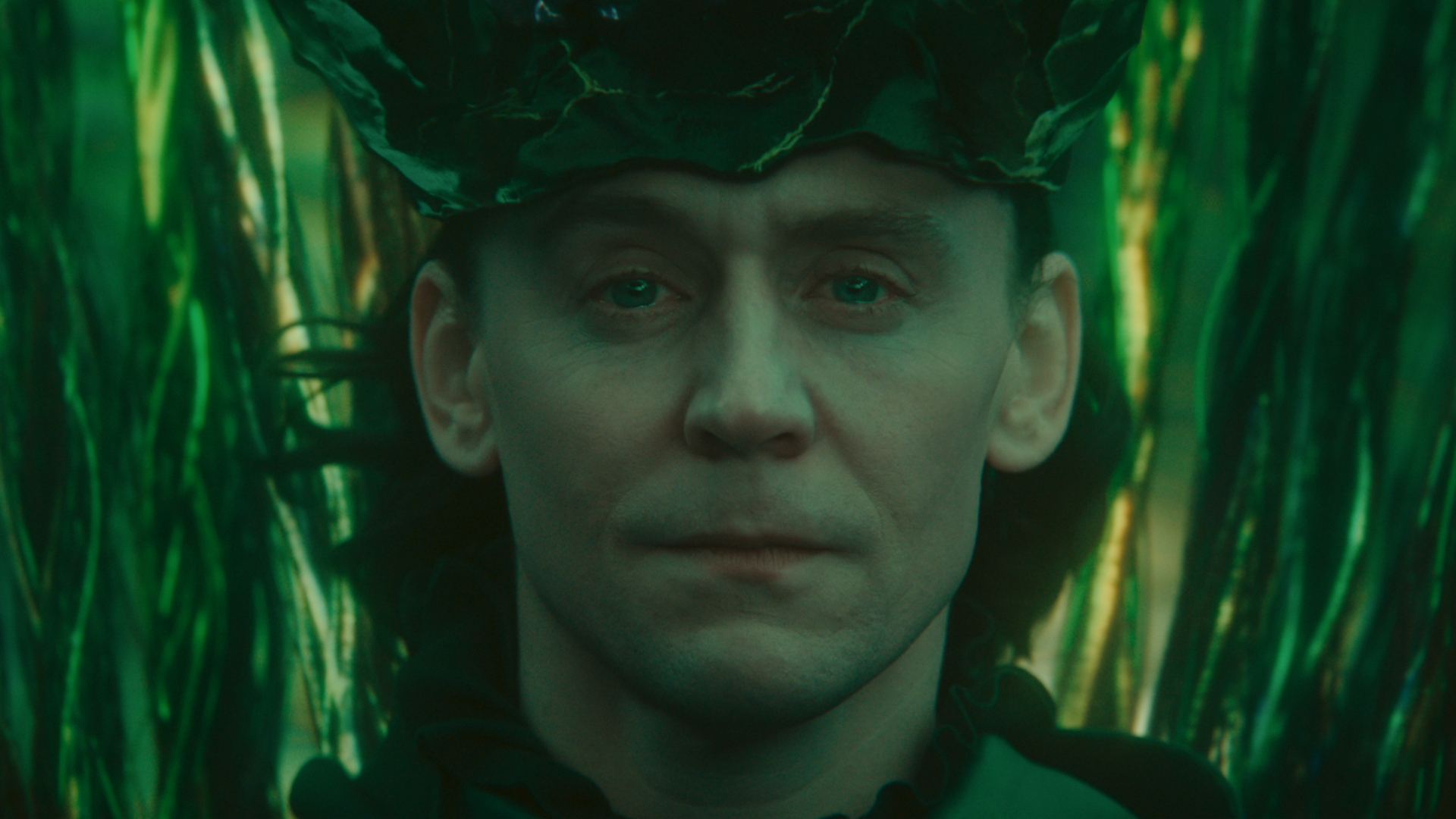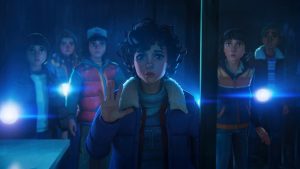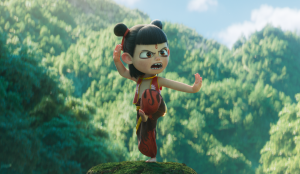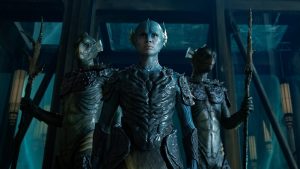
This article contains spoilers for Loki season 2, WandaVision, and Doctor Strange in the Multiverse of Madness.
Trying to understand how time and the multiverse work in Marvel after Loki season 2 is headache-inducing, even for someone who has kept up with the MCU since its creation. Each project has had its own methods and means for introducing new characters and worlds from outside of the “Sacred Timeline,” but the season 2 finale sees them all come together somewhat as Loki (Tom Hiddleston) takes control of the Temporal Loom and its branches, forming a multiversal Yggdrasil.
But because TVA exists in a realm outside of time, it’s not clear when this climactic moment takes place in comparison to the events of WandaVision, Doctor Strange in the Multiverse of Madness, Spider-Man: No Way Home, and now The Marvels. Does Loki become the guardian of the timeline before all of these multiversal stories? After? Somewhere in the messy middle of it all?
While there’s been no clear answer from MCU overlord Kevin Feige or any of the other powers that be, there are plenty of theories circulating that explain what this moment in Loki means and how it connects to the rest of the MCU.
It would make sense for the events of Loki seasons 1 and 2 to be the major catalyst for the multiversal madness we’ve seen in the rest of the MCU. One of the largest theories after the season 1 finale suggested that He Who Remains’ death and Wanda Maximoff (Elizabeth Olsen) fighting Agatha (Kathryn Hahn) and becoming the Scarlet Witch in the season finale of WandaVision take place at the same time, which is around November 2023.
Even with all of the time travel, time slipping, and just general weird time stuff in season 2 of Loki, Loki’s sacrifice and the formation of Yggdrasil seems to take place chronologically only a few days or so after He Who Remains’ death, depending on how time passes in the TVA. Basically, He Who Remains dies, the timeline becomes unstable with all of the new branches, Loki and the others try to fix it, branches explode and die, and then Loki, like Wanda, realizes the true nature of his powers and goes back to that moment and to create Yggdrasil.
If this is the case, which it really seems to be, then all other multiversal shenanigans have occurred a year or more after this moment, starting with No Way Home. Chronologically, this theory makes sense, or as much sense as anything can in the Multiverse Saga. With the sacred timeline no longer in its isolated plane of existence, it’s easier for other branches and universes to interact with the MCU proper, and vice-versa.
But it doesn’t seem like Loki nor the TVA are interested in controlling the multiverse, instead acting as guardians of the tree of time to make sure that other Kang variants don’t try to seize control as He Who Remains once did. Sure, Loki likely now has the power to influence these infinitely growing branches, but after spending centuries to ensure the survival of the TVA and his friends, Loki is clearly not the same man he was when he was plucked from the alternate post-Endgame 2012 and set on this path.
Another theory suggests that Loki and Wanda have even more in common than being at the center of the MCU’s multiversal expansion. Now that Loki has the ability to control time and all of its branches, some fans have suggested that this could mean that Loki has somehow become a conduit for or representation of the power of the Time stone.
According to Tom Hiddleston, Loki and the stone have more than just their favorite color in common. In an interview on The Tonight Show, Hiddleston says that “time slipping, technically, gives Loki some interesting moves he can make. I suppose, yeah, he can move from past, present, future. I know that I can time slip, I don’t know that other characters can time slip.”
Even though the Scarlet Witch has been officially proclaimed dead in the primary MCU timeline after the collapse of Wundagore, that doesn’t mean that this is the last we’ve seen of her in the Multiverse Saga. Wanda has already proven that she can manipulate reality on-par with the effects of the Reality stone. If Loki is becoming the Time stone, then there’s no reason to believe that she or some version of Wanda couldn’t also come back as the human representation of the Reality stone.
Death has never stopped Loki from coming back before. Hiddleston himself said that in his Tonight Show interview. However, he was a lot more coy about whether or not Loki’s new powers would be used to bring back fallen characters for the big multiversal battle that’s likely on the horizon, saying “Speaking for myself, Loki’s died a few times. He’s come back, I’m still here so I don’t know that death is necessarily… Death is up for grabs as an existential question. That’s all I can give you.”
The idea of people essentially becoming or bonding with the essence of Infinity Stones isn’t an entirely wild or new concept either. A recent Marvel comics series titled Infinite Destinies explored a new chapter for the Infinity Stones where the stones have “found new homes – as people.” It’s an interesting concept, and could certainly help tie the two MCU sagas together.
As characters like Loki, Wanda, and others begin to discover just how powerful they are, we’re likely to see more and more heroes arise with the ability to match or beat the power of the Infinity Stones themselves. Kang variants and whatever other threats the multiverse reveals will likely prove to be even more formidable than Thanos, and powers like these could be crucial to the survival and freedom of all timelines. Even if Loki can’t or chooses not to use his powers to fully control the multiverse, that doesn’t mean that he won’t use them to ensure the survival of Yggdrasil and the people he cares about.
The post Loki Time Stone Theory Sets Up Marvel’s Multiverse Future appeared first on Den of Geek.






